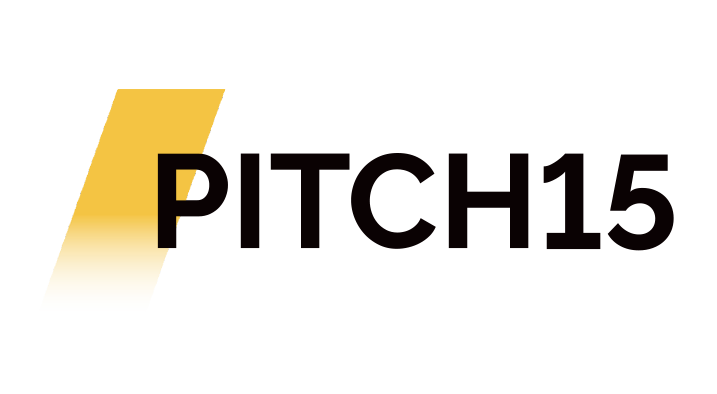The Smart Money Is Moving: Why Investors Are Betting on Independent Women’s Sports

In the search for asymmetric opportunities, institutional investors are increasingly turning to women’s sports — and for good reason. What was once dismissed as a niche category is now a high-growth vertical marked by surging valuations, premium audience engagement, and maturing governance structures. The critical inflection point? Independence.
Women’s sports, when operated independently from men’s structures, are proving to be scalable, investable businesses. From private equity participation to venture-backed league launches, the market is beginning to recognize what early adopters already know: this is one of the most undervalued asset classes in global sports.
Valuation Gaps — and Growth
The disparity in funding between men’s and women’s sports has historically been staggering. But the gap is beginning to close — not through subsidy, but through market-driven investment. The numbers speak for themselves:
- National Women's Soccer League (NWSL) expansion fees jumped from $2M to $50M in under five years.
- The WNBA (Women's National Basketball Association) raised $75M in a 2022 funding round led by Nike and VC firms — its first external capital raise and a key liquidity signal.
- India’s Women’s Premier League franchises sold for over $500M combined in year one, setting the tone for global women’s leagues.
These valuation moves reflect increased confidence in the monetization potential of women’s sports — and more importantly, a shift in ownership appetite. We’re seeing new investor profiles emerge: tech entrepreneurs, family offices, athlete funds, and PE groups building diversified sports portfolios.
The Independence Premium
Independence from men’s leagues is critical for investment-grade scalability. Why?
- Governance Autonomy: Independent leagues control revenue allocation, CBA negotiations, and season calendars — a key requirement for investors seeking clear cap tables and exit strategies.
- Standalone P&L: Unbundled commercial rights and media deals allow for accurate enterprise valuation, without hidden dependencies on men’s sports.
- Strategic Flexibility: Independent leagues and teams can take bold moves — e.g. digital-first distribution, equity-for-sponsorship deals, and data-led fan strategies — which are often off-limits in legacy structures.
Consider Angel City Football Club: built from scratch as an independent entity with a celebrity-led cap table, mission-driven brand, and aggressive fan acquisition model. It’s now one of the most valuable women’s clubs in the world — and it didn’t require a men's club partner to get there.
Institutional Capital is Entering
The investment narrative has shifted from goodwill to returns. PE firms like Sixth Street are deploying capital into NWSL infrastructure, while early-stage funds are targeting media, tech, and analytics startups tied to the women’s game.
What makes the timing compelling:
- Media rights revenue is compounding (e.g. WNBA’s new $200M+/year deal starting 2025).
- Sponsorship value is rising, with 24% YoY brand engagement growth in women’s sports.
- Fan monetization is improving, from merchandise to direct-to-consumer subscriptions.
And all of this is occurring at valuations far below men’s sports comps — creating buy-low, scale-fast potential for those willing to move now.
The Exit Horizon
As women’s leagues mature, expect to see the following liquidity events:
- Secondary sales and ownership consolidations as values appreciate.
- League-wide media rights buyouts akin to what we’ve seen in men’s leagues.
- Public market pathways, particularly through diversified holding companies or sports SPACs.
With the global women’s sports industry on track to surpass $1 billion in revenue in 2024 — a 300% increase since 2021 — the fundamentals are no longer speculative. They’re visible, verifiable, and accelerating.
Conclusion: Own the Upside
The women’s sports movement is not a philanthropic play. It’s an underpriced, underleveraged commercial category with institutional-grade returns on the horizon. For investors with a long view and appetite for scalable growth, the opportunity is not only clear — it’s compounding.
The smartest move? Invest in independence. That’s where the real upside lives.
Subscribe to our newsletter
Stay ahead in the world of sports investment by subscribing to the Pitch15 newsletter. Sign up today to stay connected with our latest updates and expert analysis. Join the Pitch15 community – subscribe now!

